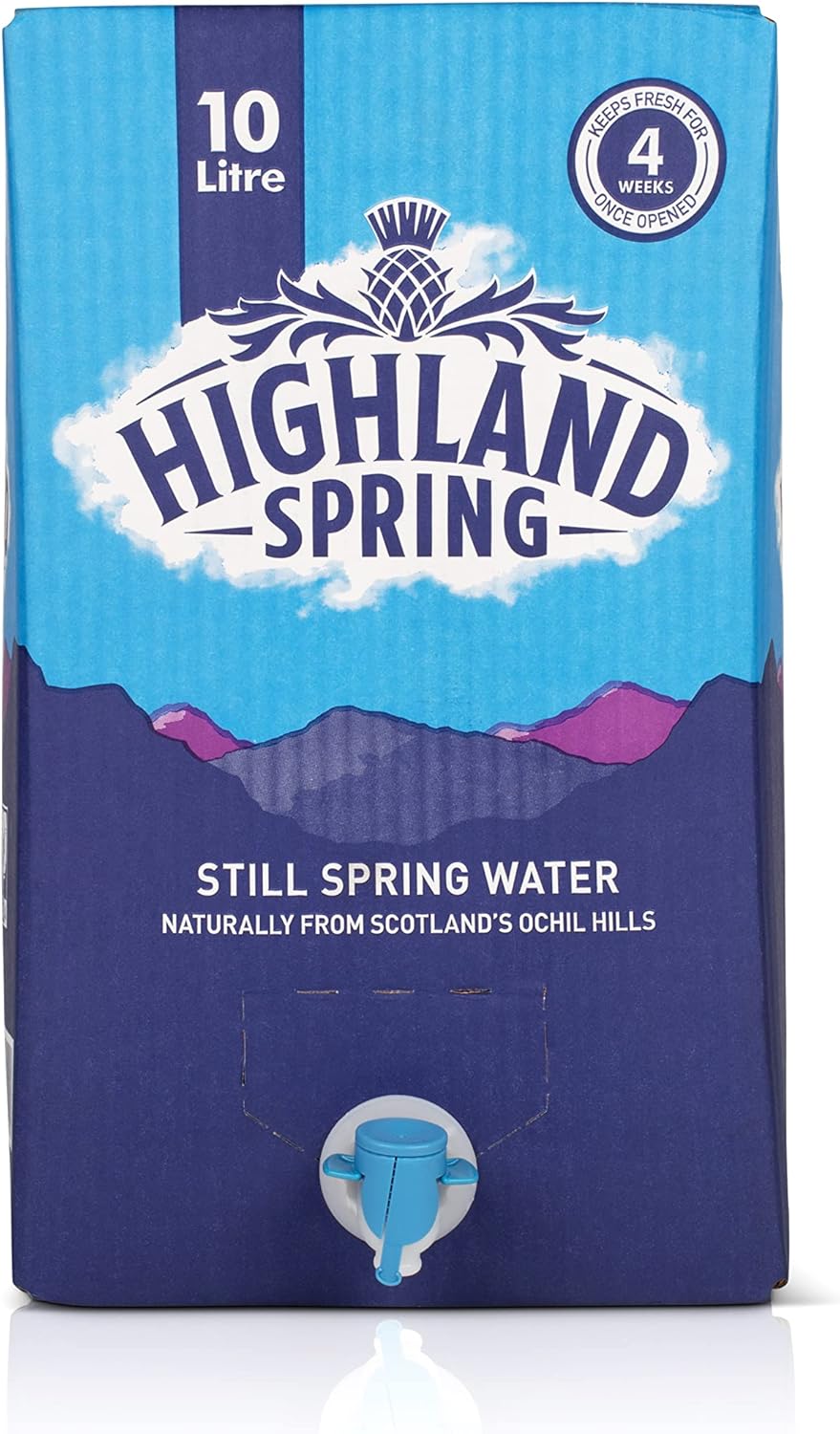About this deal
One litre of liquid water has a mass of almost exactly one kilogram, because the kilogram was originally defined in 1795 as the mass of one cubic decimetre of water at the temperature of melting ice ( 0°C). [4] Subsequent redefinitions of the metre and kilogram mean that this relationship is no longer exact. [5] Definition [ edit ] Some SI units of volume to scale and approximate corresponding mass of water a b "NIST, 2000". Ts.nist.gov. Archived from the original on 10 December 2011 . Retrieved 26 April 2012. In 1979, at the 16th CGPM conference, the alternative symbol L (uppercase letter L) was adopted. It also expressed a preference that in the future only one of these two symbols should be retained, but in 1990 said it was still too early to do so. [11] Everyday usage [ edit ] One litre is slightly larger than a US liquid quart and slightly less than an imperial quart or one US dry quart. A mnemonic for its volume relative to an imperial pint is "a litre of water's a pint and three-quarters"; this is very close, as a litre is about 1.7598pints.
The litre was introduced in France in 1795 as one of the new "republican units of measurement" and defined as one cubic decimetre. [14] Main Unvented Water Heater 10 Litre. Supplied with an expansion relief valve as standard, other safety features include a factory fitted over temperature cut-out designed to activate at 92?C. The microlitre (μL) has been known in the past as the lambda (λ), but this usage is now discouraged. [15] In the medical field the microlitre is sometimes abbreviated as mcL on test results. [16] Shot glasses with centilitre fill line graduations. "ARC" is the maker's ( Arc International) certification of accuracy.
It is now known that the density of water also depends on the isotopic ratios of the oxygen and hydrogen atoms in a particular sample. Modern measurements of Vienna Standard Mean Ocean Water, which is pure distilled water with an isotopic composition representative of the average of the world's oceans, show that it has a density of 0.999 975 ±0.000 001kg/L at its point of maximum density (3.984°C) under one standard atmosphere (101.325 kPa) of pressure. [6] SI prefixes applied to the litre [ edit ]
Fonts covering the CJK characters usually include not only the script small ℓ but also four precomposed characters: ㎕, ㎖, ㎗, and ㎘ for the microlitre, millilitre, decilitre and kilolitre to allow correct rendering for vertically written scripts. These have Unicode equivalents for compatibility, which are not recommended for use with new documents: [12] The original French metric system used the litre as a base unit. The word litre is derived from an older French unit, the litron, whose name came from Byzantine Greek—where it was a unit of weight, not volume [2]—via Late Medieval Latin, and which equalled approximately 0.831litres. The litre was also used in several subsequent versions of the metric system and is accepted for use with the SI, [3] although not an SI unit—the SI unit of volume is the cubic metre (m 3). The spelling used by the International Bureau of Weights and Measures is "litre", [3] a spelling which is shared by most English-speaking countries. The spelling "liter" is predominantly used in American English. [a] From 1901 to 1964, the litre was defined as the volume of one kilogram of pure water at maximum density (+3.98°C) [ citation needed] and standard pressure. The kilogram was in turn specified as the mass of the International Prototype of the Kilogram (a specific platinum/iridium cylinder) and was intended to be of the same mass as the 1litre of water referred to above. It was subsequently discovered that the cylinder was around 28 parts per million too large and thus, during this time, a litre was about 1.000 028dm 3. Additionally, the mass–volume relationship of water (as with any fluid) depends on temperature, pressure, purity and isotopic uniformity. In 1964, the definition relating the litre to mass was superseded by the current one. Although the litre is not an SI unit, it is accepted by the CGPM (the standards body that defines the SI) for use with the SI. CGPM defines the litre and its acceptable symbols. A. Thompson; B. N. Taylor (4 March 2020) [First published 2 July 2009]. "Table 6. Non-SI units accepted for use with the SI by the CIPM and this Guide". Nist. National Institute of Standards and Technology . Retrieved 30 March 2020. See footnote (b). Burtis, Carl A.; Bruns, David E. (2014). Tietz Fundamentals of Clinical Chemistry and Molecular Diagnostics (7.ed.). Elsevier Health Sciences. p.114. ISBN 9780323292061.In 1964, at the 12th CGPM conference, the original definition was reverted to, and thus the litre was once again defined in exact relation to the metre, as another name for the cubic decimetre, that is, exactly 1dm 3. [5] The following tables provide a summary of the Volume units (both Fluid Volume units and Cubic Volume units) within their respective measurement systems. Fluid Volume Units Unit Unicode Consortium (2019). "The Unicode Standard 12.0 – CJK Compatibility ❰ Range: 3300—33FF ❱" (PDF). Unicode.org . Retrieved 24 May 2019. The original decimetre length was 44.344 lignes, which was revised in 1798 to 44.3296 lignes. This made the original litre 1.000 974 of today's cubic decimetre. It was against this litre that the kilogram was constructed.
 Great Deal
Great Deal 